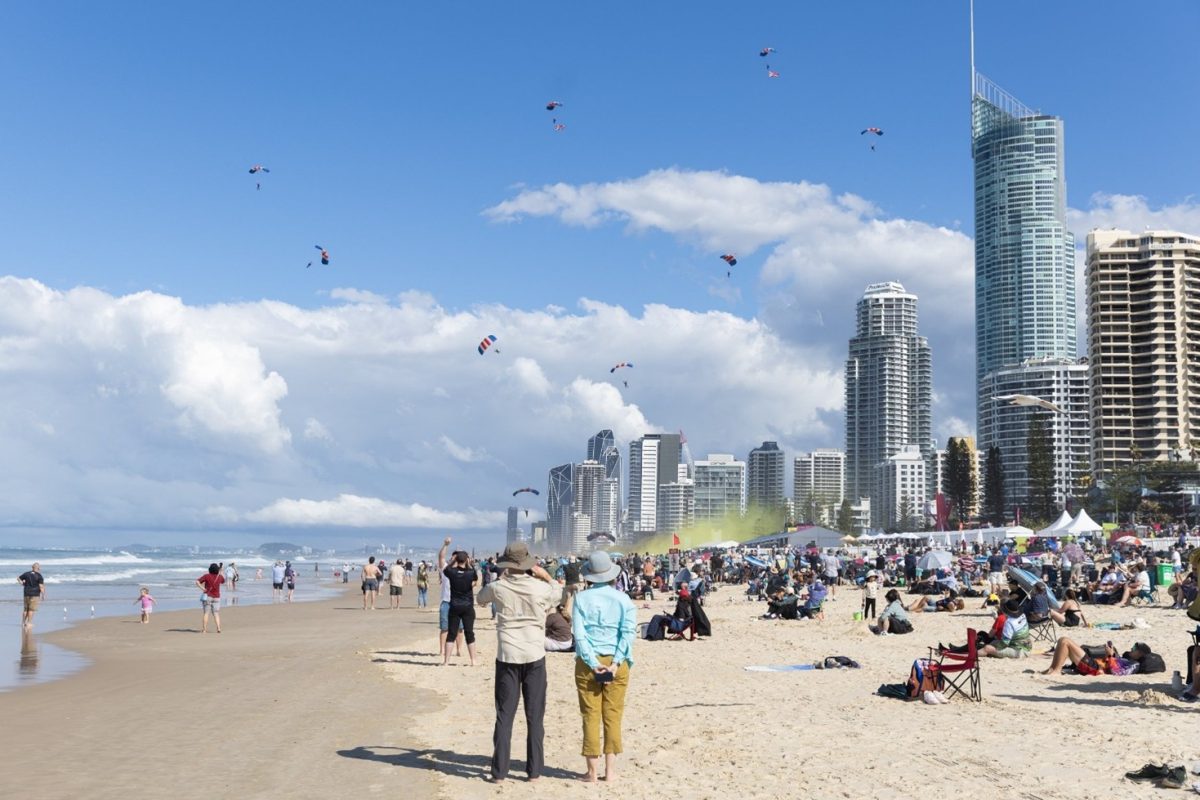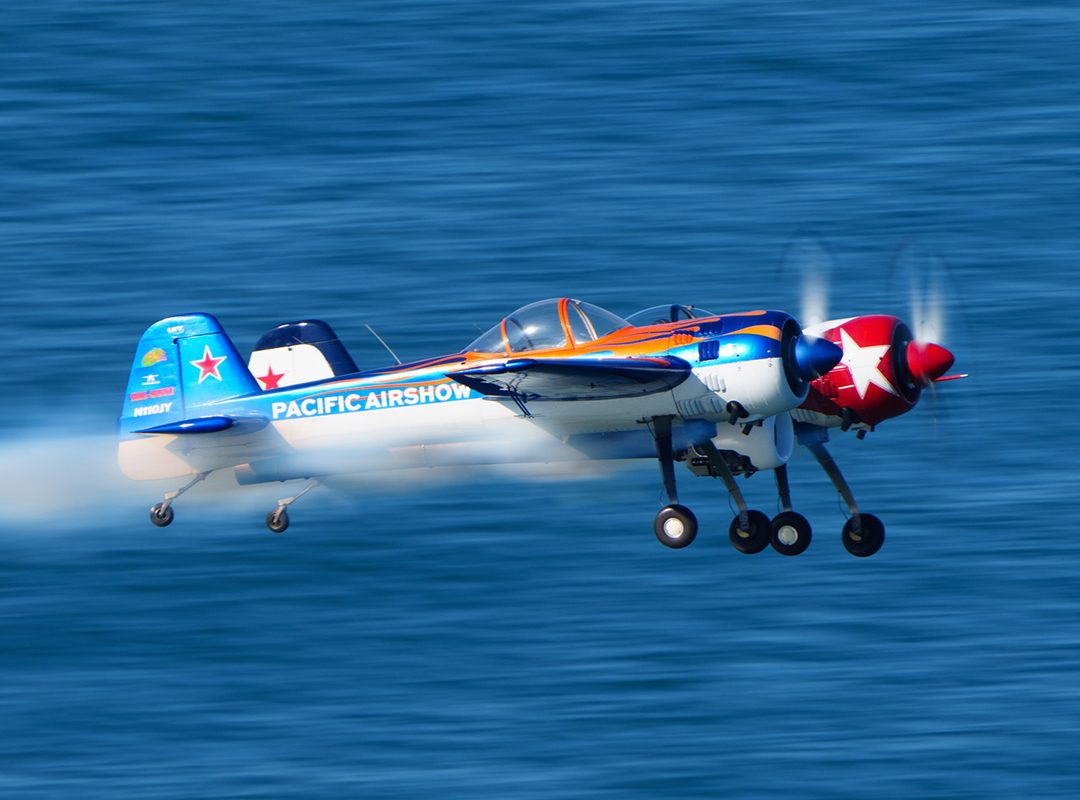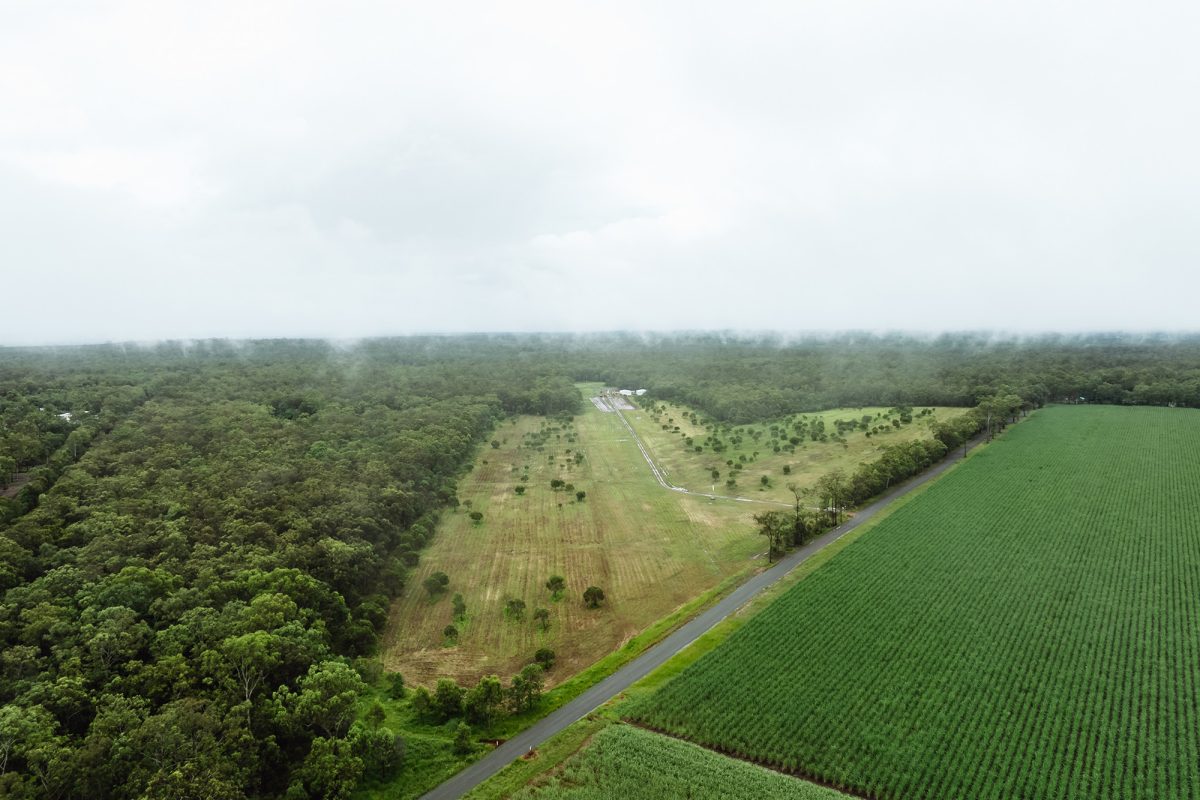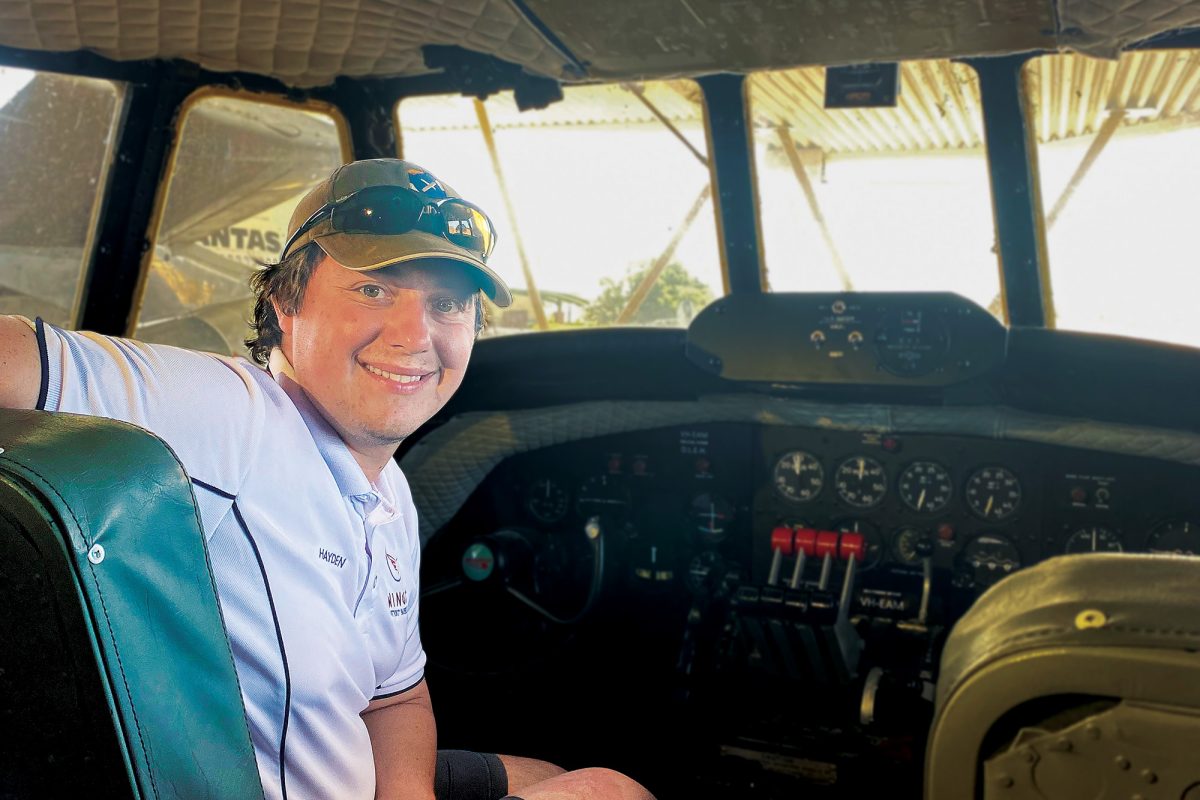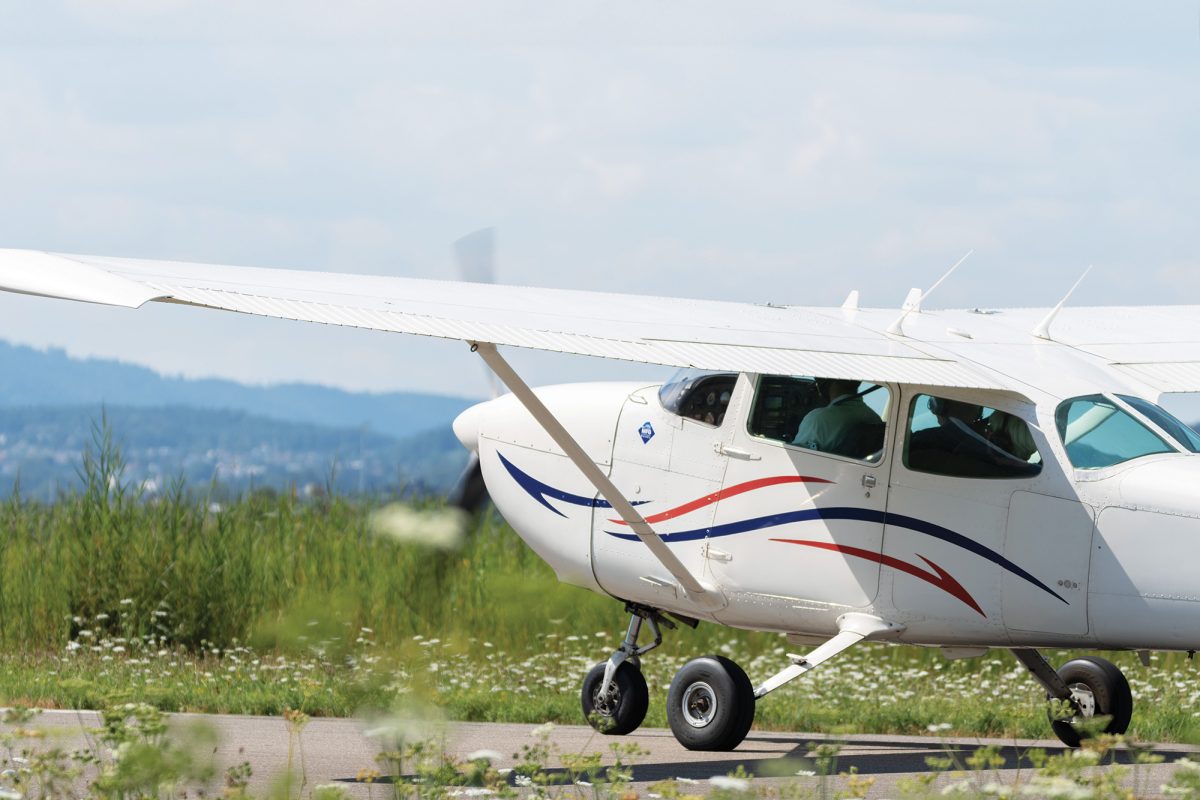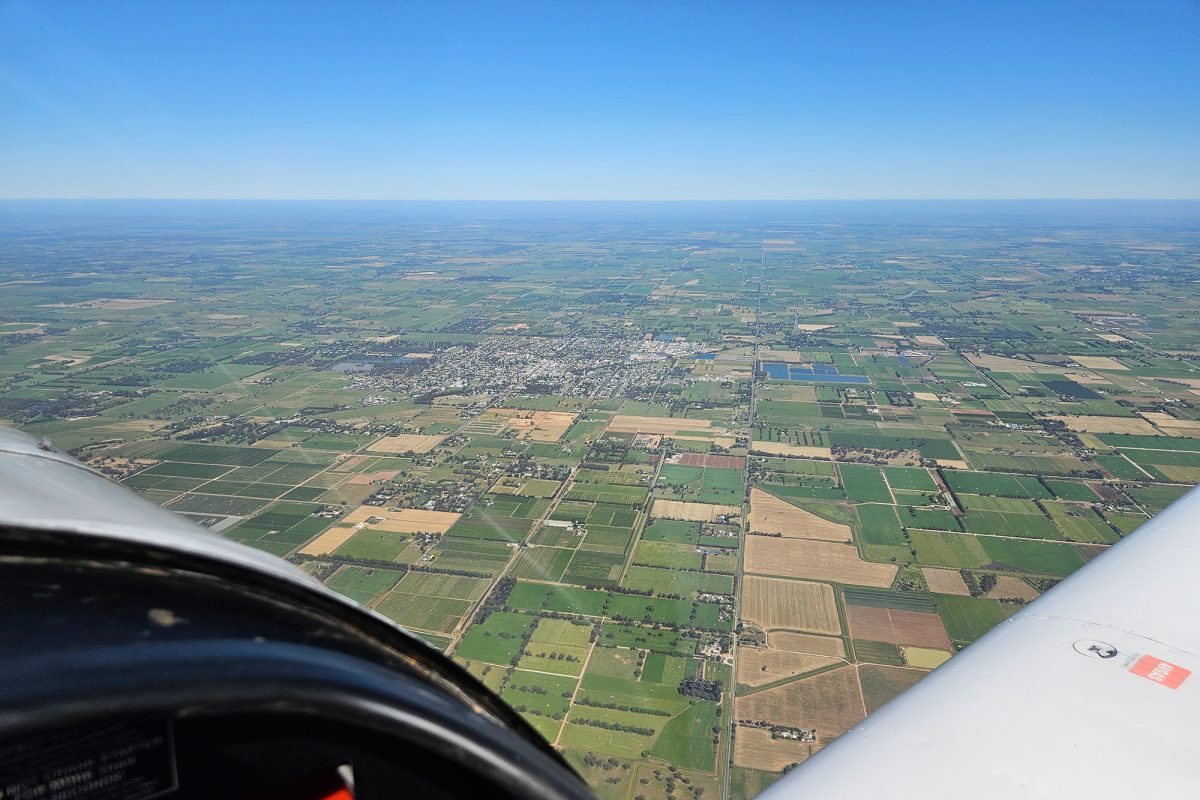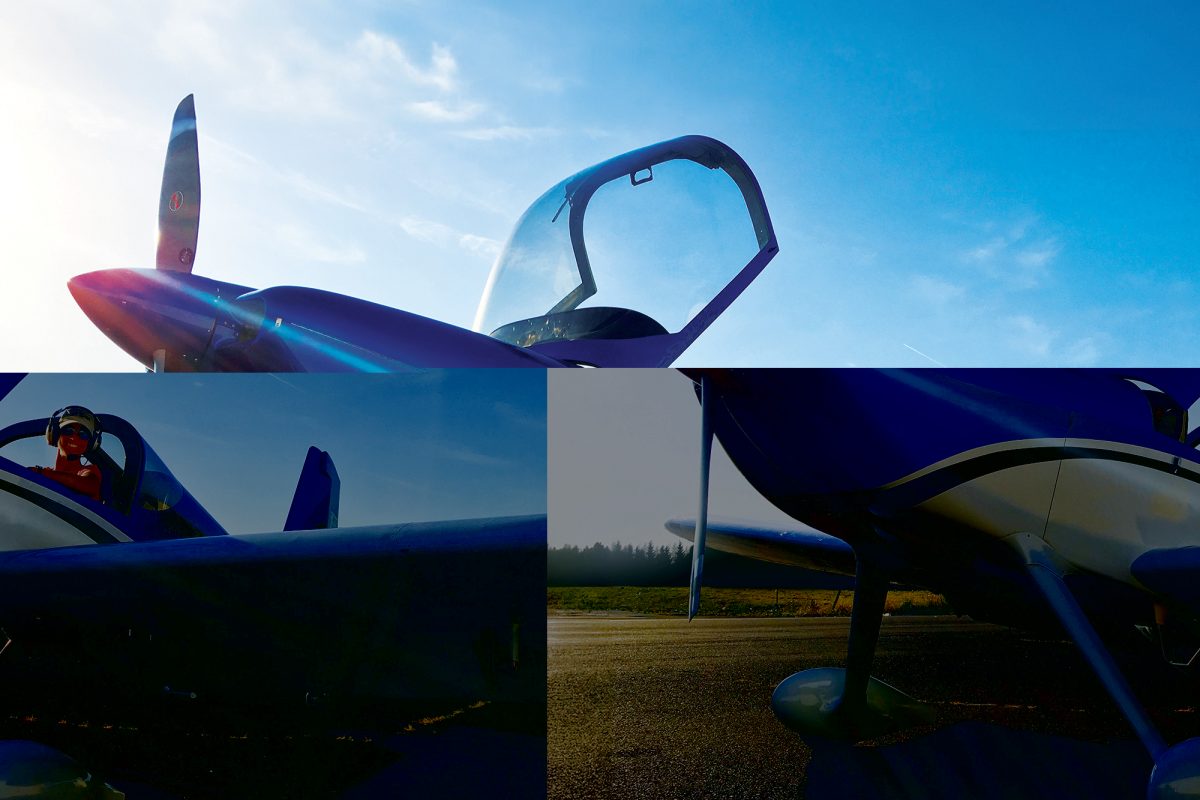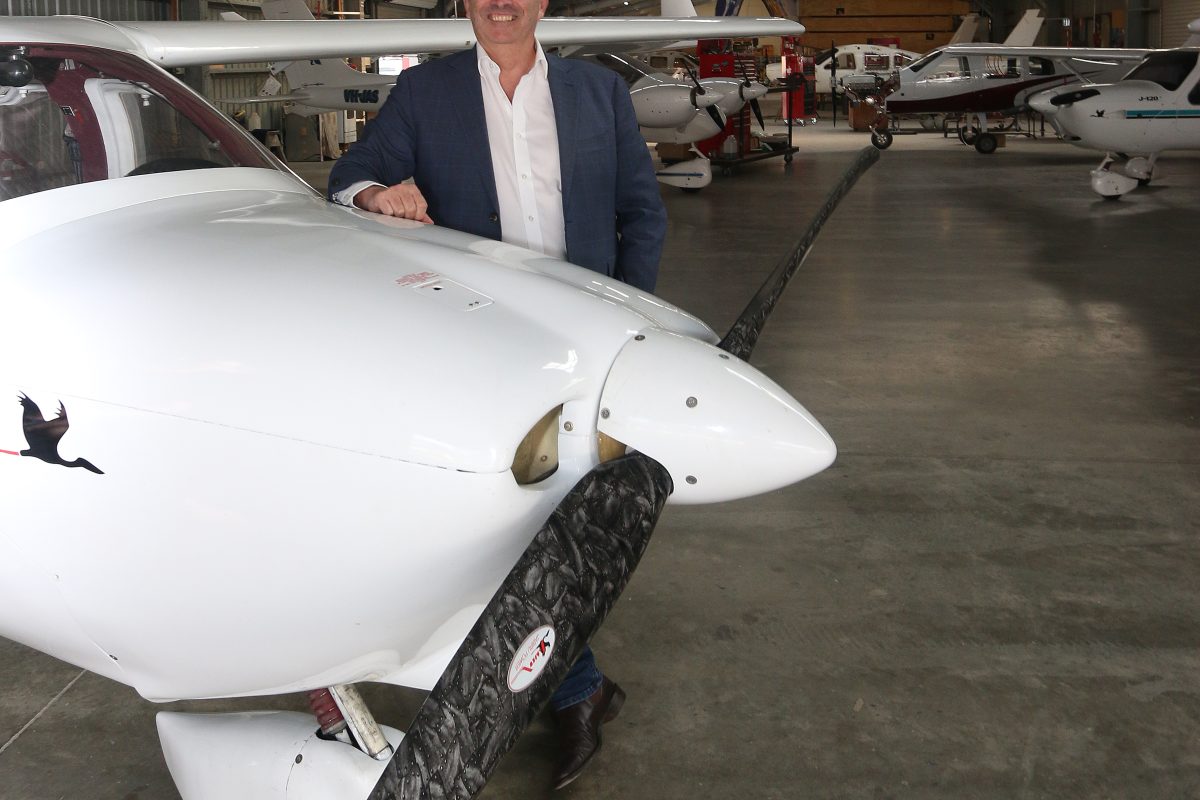During the month of October, RAAus ran our annual National Safety Month, once again giving away over $10,000 worth of prizes to members who read our weekly safety content and entered weekly prize draws.
This year, our content included a fatal accident series, breaking down some of the most common causes of fatal accidents within RAAus operations. It’s often said ‘pilots don’t find new ways to kill themselves’. Whilst blunt, it’s certainly true that time and time again we see the same factors result in fatalities. In most cases, these occurrences are due to human factors and are often avoidable.
The following categories are the areas covered during our National Safety Month fatal accident series.
COLLISION WITH TERRAIN & WIRESTRIKES
It goes without saying that collision with terrain or wirestrike (collision with powerlines or other wires), often results in fatal outcomes. Unfortunately, we continue to see these occurrences. The most common cause of these accidents is unauthorised low flying, often in rural areas. Another common cause is collision with obstacles during take-off or landing, particularly from private airfields that lack the same obstacle clearance requirements as certified aerodromes. These accidents often result from nonstabilised approaches above 500ft or failure to ensure sufficient take-off or landing distance is available based on environmental conditions (wind, temperature, surface condition, etc.).
Our top tips to avoid a collision with terrain or wirestrike include:
- Conduct a hazard assessment prior to flight, particularly from private airfields
- Carry out advanced flight training in strip flying and low level flying
- Always complete a weight & balance prior to flight
- Always calculate take-off and landing distance required prior to flight
- Never operate at low level without appropriate training and endorsements
- Always maintain a stabilised approach and avoid turns below 500ft on final
MID-AIR COLLISIONS
Mid-air collisions continue to be a priority focus for aviation safety globally, with a number of mid-air collisions in recent years recorded worldwide including in Australia, New Zealand, and the USA. As pilots, we all have a duty of care to work together to avoid the likelihood of mid-air collision. It is important to be aware of environments where a mid-air collision is more likely to occur, most commonly within the vicinity of a non-controlled aerodrome. Factors that may lead to an increased likelihood of a mid-air collision include aerodromes with mixed traffic operations (such as flight training, skydiving, gliding, helicopters, etc.), operating from aerodromes with multiple runways or failure to adhere to standard circuit procedures.
Our top tips to avoid a mid-air collision include:
- Build a picture of the location and intentions of other aircraft in the vicinity of an aerodrome
- Always maintain standard circuit procedures and join overhead wherever possible
- Maintain regular, thorough 2-way radio communication and prioritise active listening
- Know how to conduct an effective look-out and keep your eyes outside in the circuit
- Understand the needs of other airspace users and exercise positive airmanship
- Avoid distractions in the circuit, including the closure of EFBs and briefing of passengers
- Fit safety equipment such as ADS-B, but also understand the limitations of these devices
VISUAL FLIGHT RULES (VFR) INTO INSTRUMENT METEOROLOGICAL CONDITIONS (IMC)
Research from the USA shows that 76% of VFR into IMC accidents involve a fatality. VFR into IMC is also the cause of approximately 1 in 10 fatal accidents in Australia. Avoiding these accidents relies on pilots being equipped with the necessary pre-flight weather information prior to flight and always avoid the temptation to press on into deteriorating weather conditions, particularly near rising terrain.
Of particular importance here is the human factor leading to pressure felt by pilots to proceed with a flight. This is likely to occur when flying to an arranged event, such as a fly-in, or when attempting to arrive at a pre-determined time. This may include pressure to get home in time for work, or to attend a club’s weekend flying breakfast. All pilots should be aware of factors that may result in added pressure to continue with a flight despite poor weather conditions. Once airborne, pilots are much less likely to make the difficult decision to turn back.
Top tips to avoid a VFR into IMC accident include:
- Obtain the required weather (even for a local or regular flight) from an approved source prior to flight
- Avoid complacency relating to weather, particularly when operating in the local area
- Be aware of, and avoid pressure to arrive at a particular destination and/or time
- Review weather conditions regularly and make early decisions to turn back or divert
Remember, a precautionary landing into a field resulting in aircraft damage is a better outcome than pressing on into cloud resulting in an unrecoverable loss of control.
LOSS OF CONTROL
By now, all RAAus members should be aware of our Loss of Control Video Series, released in 2022. This three-part series breaks down key areas Loss of Control accidents occur; take-off, in-flight, and landing. Loss of Control is the most common cause of fatal aviation accidents worldwide. It is also the most common cause of aircraft damage and injury within RAAus occurrences.
Pilots operating from private airfields and in rural areas should be particularly vigilant of loss of control events, particularly when engaged in any form of spotting or inspection flying which can distract from the primary task of flying. All pilots should be particularly aware of weight and balance limitations and calculate take-off and landing distances prior to each flight. Pilots should also closely monitor environmental conditions which may lead to loss of control, particularly during take-off or landing.
Top tips for avoiding a loss of control event include:
- Always ensure weight and balance is within limits and performance calculations are suitable
- Seek additional training prior to conducting farm spotting or inspection flights
- Familiarise yourself with the stall characteristics of the aircraft
- Always maintain a stabilised approach
- Make an early decision to conduct a go-around, if required
- Always monitor local environmental conditions, particularly during take-off and landing
- Regularly practise go-around procedures, particularly stall prevention
- Avoid turn-backs in the event of an engine failure after take-off
- Seek Upset Prevention and Recovery Training (UPRT)
- Be aware of the increase in stall speed with the increase in angle of bank
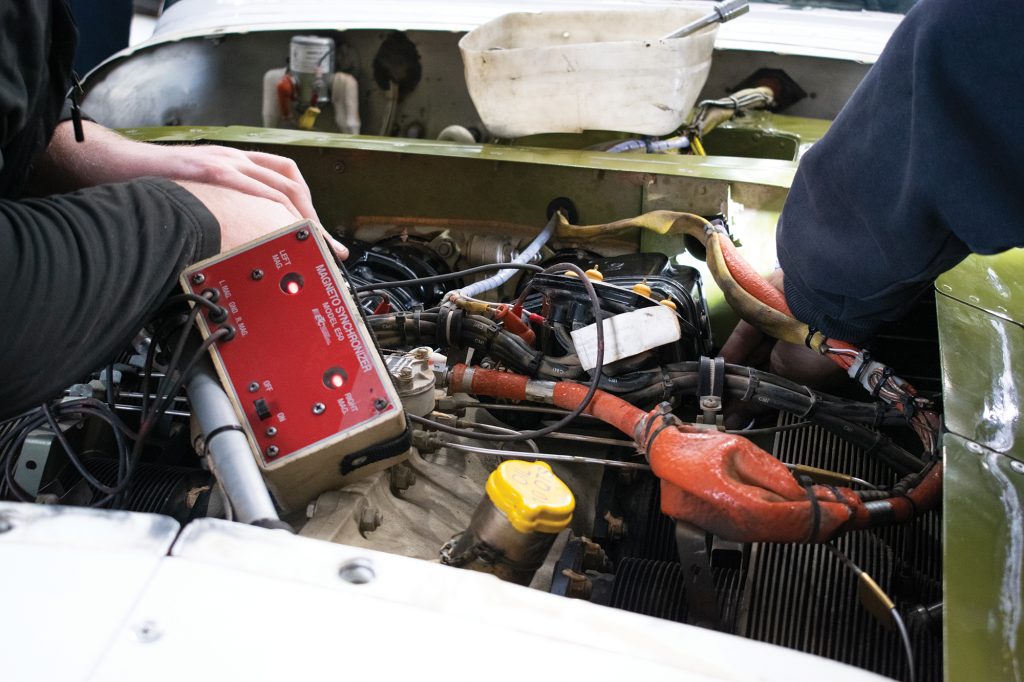
AIRCRAFT MAINTENANCE AND AIRWORTHINESS
Ensuring an aircraft is airworthy with all maintenance requirements carried out prior to flight is essential for safe aircraft operations. In addition, it’s extremely important that any incidents involving aircraft get reported, ensuring relevant post-flight maintenance inspections can be carried out. This includes hard landings which require a heavy landing inspection to ensure future aircraft users are not put at risk.
Before carrying out maintenance, maintainers must ensure they are appropriately qualified and competent to carry out the work. If you are not competent to carry out the required functions, a qualified L2 maintainer should be sought to assist. All maintenance must be carried out in accordance with manufacturer requirements and the RAAus technical manual. This includes the mandatory completion of service bulletins, 100 hourly/annual inspections, and instrument calibration requirements.
Further tips to aircraft owners include:
- Always ensure your aircraft is airworthy and all maintenance is up-to-date prior to flight
- Maintainers must ensure they are competent to complete any work required, or seek assistance from a qualified L2 maintainer
- Avoid distractions during maintenance and ensure duplicate inspections are carried out
- Ensure appropriate and calibrated tools are used to conduct aircraft maintenance tasks
- Ensure repairs and modifications are carried out with approved data and required approvals
- Regularly inspect your aircraft for signs of ageing, including wear-and-tear and corrosion
- Complete regular engine condition reports to identify warning signs before a failure occurs
- Ensure all maintenance requirements, due dates and hours are clearly recorded and checked
- Never cut costs or corners when it comes to maintenance
Thank you to all members who participated in National Safety Month 2023 and of course to all of our members who comply with their requirement to report occurrences. The collection of occurrence information allows RAAus to monitor safety trends and distribute important safety information.
National Safety Month would not be possible without the continued support of our sponsors.
More content and information is available from www.raaus.com.au/nsm

